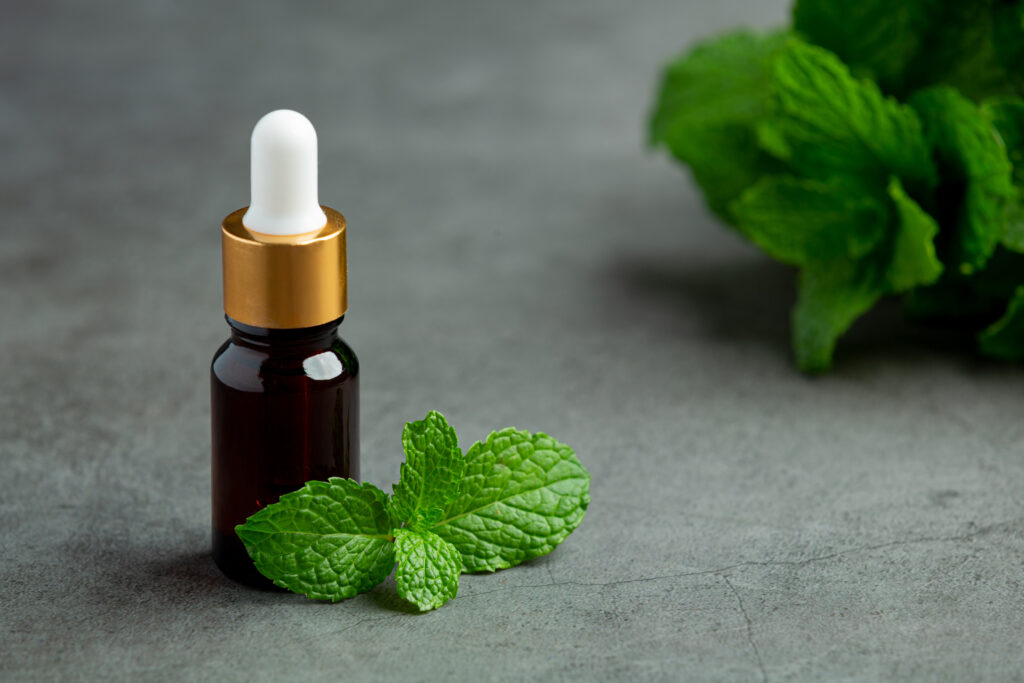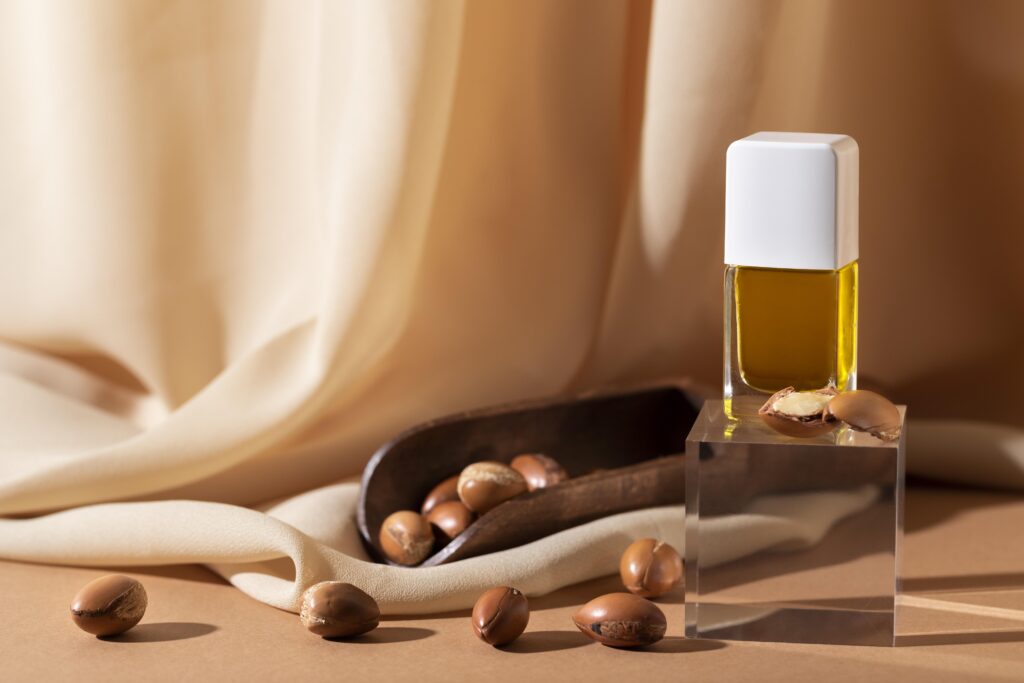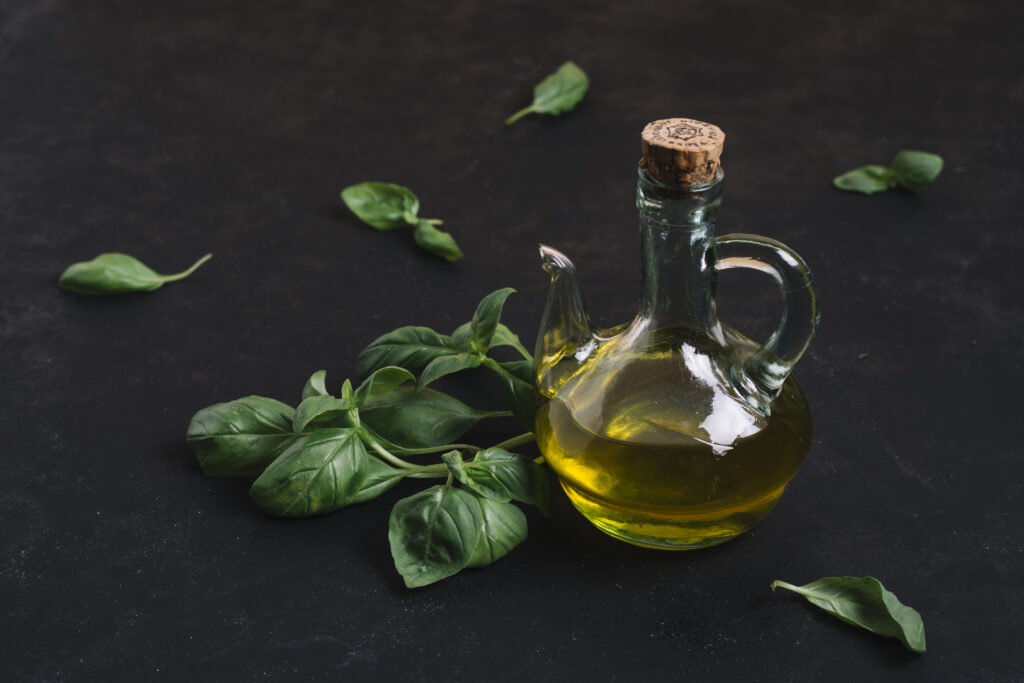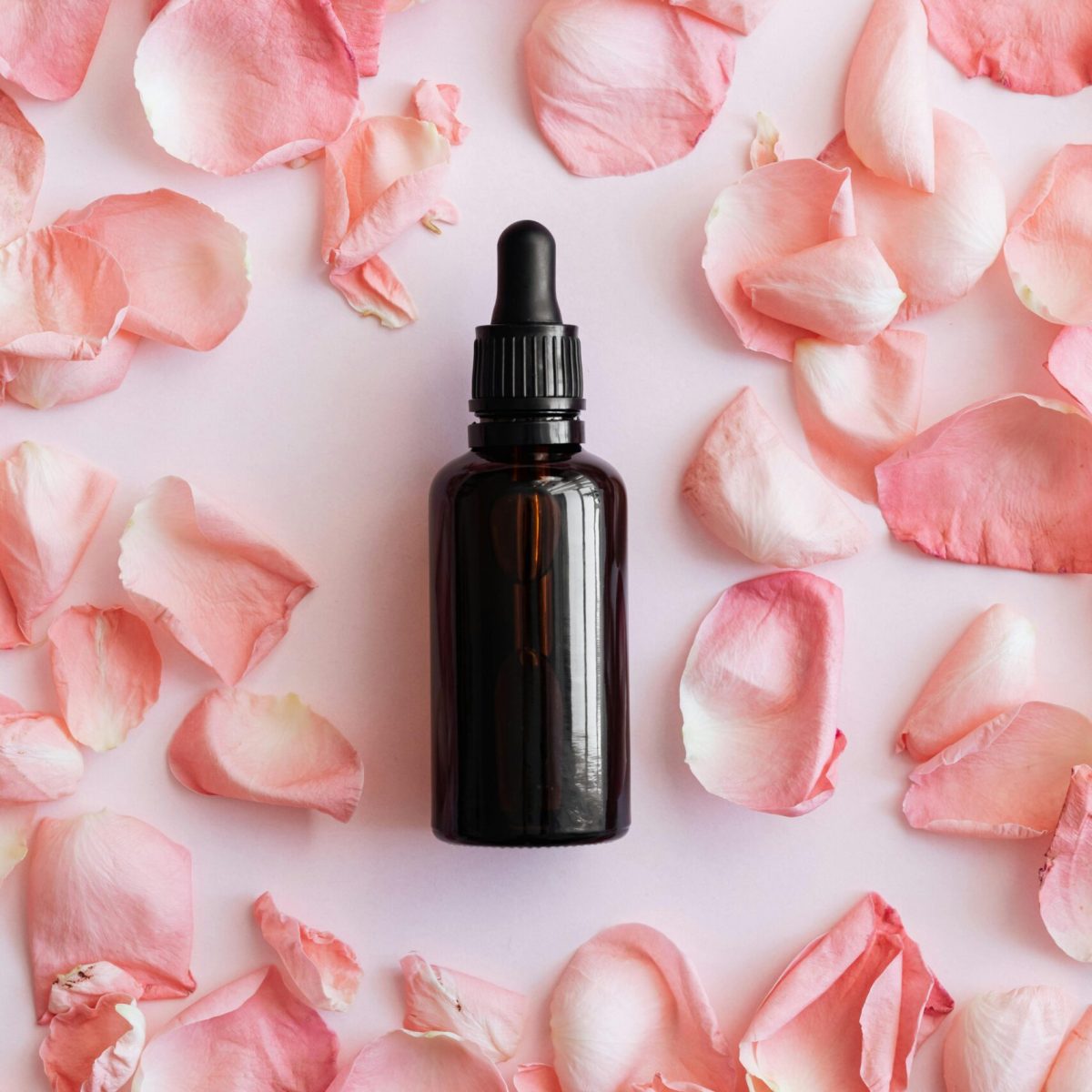
Migraine is a common neurological condition that causes a painful headache and is accompanied by other symptoms such as nausea, vomiting, and sensitivity to light and sound. This can last for a few hours or several days.
Migraine comes with many other symptoms which everyone experiences differently. Some of the symptoms of migraine are as follows:
- Visual changes
- Speech difficulties
- Tingling
- Vomiting
- Nausea
- Sensitivity to light and sound
Migraine has many negative impacts like it affects mental health the most. It increases anxiety and depression, it is also responsible for memory loss, loss of concentration and decision making. IIt hugely impacts our daily activities because migraine makes it difficult to do daily tasks or professional activities. so, migraine can have a negative impact on our overall well being.
As migraine is increasing, people are also looking for treatment for it. People take a lot of medicines to get relief from migraine but sometimes when the medicines do not work with us then people try natural remedies.
Today in this post we learned about some essential oils that help in getting relief from migraine.
Essential oils have been used for centuries as natural remedies for various ailments, including migraines. Their effectiveness in providing relief from migraines can be attributed to their potent properties and the ways they interact with the body. So, here are 10 best essential oils which help to get relief from migraine:
Table of Contents
Toggle1. Peppermint Oil

Peppermint oil is extracted from peppermint plants.It has a high concentration of menthol, which is responsible for its therapeutic properties.It has many benefits.The menthol present in this oil cools the skin and also gives relief from headache. Peppermint oil can relax muscles and reduce muscle contractions, both of which are common migraine triggers.Peppermint oil can improve blood flow, thereby reducing migraine symptoms.
Ways To Use Peppermint Oil:
- Diluted Topical Application:
- Combine a few drops of peppermint oil with a carrier oil, like coconut or almond oil.
- Apply the mixture to the temples, forehead, and back of neck.
- Massage gently for optimal absorption and relief.
2. Inhalation:
- Pour a few drops of peppermint oil into a bowl of hot water.
- Lean over the bowl, cover your head with a towel, and breathe in the steam.
- Alternatively, add peppermint oil to a diffuser and inhale the vapors.
2. Lavender Oil

Lavender oil is derived from the flowers of the lavender plant. It is known for its sweet,floral smell and it is used traditionally in aromatherapy and herbal medicine. It promotes relaxation and reduces anxiety.It helps to improve sleep quality by soothing the nervous system.It has analgesic and anti-inflammatory properties that help relieve headache and migraine pain.It may reduce the severity of migraines when inhaled or applied topically.
Ways To Use Lavender Oil:
- Diffusion:
- Use a few drops in an essential oil diffuser to spread the aroma throughout the room.
- Inhale the vapor directly to get immediate relief.
2. Topical Application:
- Mix with a carrier oil (such as coconut or jojoba oil) before applying to the skin.
- Apply to the temples, neck, or wrists to reduce pain and promote relaxation.
3. Combining with Other Oils:
- Combine with other essential oils such as peppermint or eucalyptus for maximum effect.
- Use in massage blends or bath oils for additional therapeutic benefits.
3. Eucalyptus Oil

Eucalyptus oil is extracted from the leaves of the eucalyptus tree, primarily Eucalyptus globulus. It is known for its strong, fresh, and camphoraceous scent. It contains eucalyptol (also known as cineole), which is responsible for many of its therapeutic properties.Eucalyptus oil helps relieve sinus congestion by opening nasal passages as it reduces inflammation in the sinus cavities, which helps to relieve pressure and discomfort. It helps in expanding blood vessels, which can enhance blood circulation.Eucalyptus oil has pain-relieving qualities that can help reduce headache intensity.
Ways To Use Eucalyptus Oil:
- Inhalation:
- Direct Inhalation: Apply a few drops of eucalyptus oil to a tissue or handkerchief and inhale deeply.
- Diffusion: Place a few drops in a diffuser to disperse the oil throughout the air, providing continuous relief.
2. Steam Therapy:
- Steam Inhalation: Place a few drops of eucalyptus oil in a bowl of hot water. Cover your head with a piece of cloth and inhale the steam. This method helps to clear nasal passages and alleviate sinus congestion.
- Humidifier: Mix eucalyptus oil into a humidifier to keep moisture in the air and provide sinus relief throughout the night.
4. Rosemary Oil

Rosemary oil is extracted from the leaves of the rosemary plant (Rosmarinus officinalis), a woody perennial herb with fragrant, needle-like leaves. It has a woody, evergreen aroma and is commonly used in aromatherapy and herbal medicine. Folk medicine has traditionally used its medicinal properties, particularly in the Mediterranean region.Rosemary oil is known for its anti-inflammatory properties, which can help to reduce inflammation when applied topically.It has stimulant properties that, when massaged into the skin, can improve blood circulation.
Ways To Use Rosemary Oil:
- Massage:
- Before applying rosemary oil to the skin, dilute it with a carrier oil such as coconut or jojoba.
- Massage the oil into your temples, neck, and shoulders to relieve tension and boost blood circulation.
2. Bath Addition:
- Add a few drops of rosemary oil to your warm bath.
- Mix with Epsom salts or a carrier oil to help the oil disperse evenly in the water.
- Soak in the bath for 20-30 minutes to relax muscles and relieve headache symptoms.
5. Chamomile Oil

Chamomile oil is derived from chamomile flowers, which are well-known for their calming and soothing properties. There are two types of chamomile oil: Roman (Chamaemelum nobile) and German (Matricaria chamomilla).It is typically extracted by steam distilling the chamomile flowers.The fragrance of the oil is sweet, fruity, and herbaceous, which is pleasant and calming.Chamomile oil is well known for its ability to promote relaxation and reduce anxiety. It contains apigenin, which binds to brain receptors and promotes relaxation and reduces stress levels. It reduces stress and tension, which is a common trigger for migraines. Chamomile oil contains anti-inflammatory properties that can help alleviate the pain and inflammation associated with migraines. Its calming effects can improve sleep quality, particularly for migraine sufferers.
Ways To Use Chamomile Oil:
- Diffusion:
- Add a few drops of chamomile oil to a diffuser to spread the soothing aroma throughout the room. This method can help to create a relaxing environment and reduce stress.
- Method: Put 5-10 drops in a standard diffuser and run it for 30-60 minutes.
2. Topical Application:
- To relieve tension and promote relaxation, dilute chamomile oil with a carrier oil (such as coconut or jojoba oil) and massage it into the temples, neck, and shoulders.
- Method: Combine 2-3 drops of chamomile oil and 1 tablespoon carrier oil. Massage gently into the affected areas.
3. Bath Addition:
- Add a few drops to a warm bath for a soothing soak that can alleviate migraine symptoms.
- Method:To avoid skin irritation, add 5-10 drops to a full bath along with Epsom salts or a carrier oil.
6. Frankincense Oil

It comes from the resin of the Boswellia tree. It’s known for its woody, earthy aroma. It has been used for centuries in traditional medicine and religious rituals. It contains compounds that reduce inflammation and pain. It is effective for managing conditions such as arthritis and muscle pain. Its aromatic properties help to alleviate stress and anxiety. It can boost mood and create a sense of calm.
Ways To Use Frankincense Oil:
- Inhalation:
- Add a few drops to your diffuser or vaporizer.
- Take deep breaths to feel the calming effects.
- Can also be mixed with hot water for steam inhalation.
2. Topical Application:
- Before applying to the skin, dilute with a carrier oil such as coconut or jojoba.
- Apply to the temples, neck, or wrists for stress relief.
- Massage the sore muscles and joints to reduce inflammation and pain.
7. Basil Oil

Basil oil is derived from the leaves of the Ocimum basilicum plant. Its distinct aroma and flavor make it popular in cooking, aromatherapy, and traditional medicine. Basil oil contains muscle-relaxing compounds such as linalool and eugenol. These compounds help to relieve tension and reduce muscle spasms, which can contribute to migraines. Its regular use can reduce muscle tension and promote relaxation. Basil oil promotes blood flow, which can be beneficial to migraine sufferers. Improved circulation ensures better oxygen and nutrient delivery to tissues, which may reduce the frequency and severity of migraines.
Ways To Use Basil Oil:
- Topical Application:
- To avoid irritation, dilute basil oil with a carrier oil (like coconut or jojoba oil) before applying it to the skin. A typical dilution ratio is 3-5 drops of basil oil to 1 teaspoon of carrier oil.
- Apply the diluted oil to the temples, forehead, and back of neck, gently massaging it into the skin. This can help to alleviate headache pain and muscle tension.
2. Massage:
- Add basil oil to a massage blend. Combine it with other essential oils, such as lavender or peppermint, for added benefits.
- Use the blend to massage the shoulders, neck, and upper back, which are frequently affected by tension and can cause migraines.
8. Clary Sage Oil

Clary sage oil is derived from the clary sage plant’s flowering tops and leaves. It has a sweet, nutty fragrance and is known for its calming and soothing effects. It helps regulate hormone levels, particularly estrogen, which is beneficial for women who have hormonal imbalances during menstruation or menopause. It can relieve symptoms associated with hormonal fluctuations, such as mood swings and menstrual cramps. Clary sage oil, known for its antidepressant properties, can help reduce stress and anxiety by inducing feelings of relaxation and well-being. It contains linalyl acetate, which is known to reduce cortisol levels in the body and help alleviate stress.
Ways To Use Clary Sage Oil:
- Diffusion:
- Add a few drops of clary sage oil to a diffuser to fill the room with its soothing aroma.
- Can be combined with other essential oils such as lavender or bergamot to increase relaxation.
2. Massage:
- Clary sage oil can be diluted with a carrier oil (such as jojoba, coconut, or almond oil) and used for a relaxing massage.
- To relieve muscle stress and promote relaxation, focus on tension-filled areas such as the neck, shoulders, and back.
9. Marjoram Oil

It is extracted from the flowering tops of the marjoram plant (Origanum majorana). It is known for its warm, spicy, and woody aroma. It is widely used in aromatherapy and herbal medicine due to its therapeutic properties. Its compounds such as terpinen-4-ol and sabinene are known to relax muscles. It helps to alleviate muscle spasms and tension. It has analgesic properties that can help relieve nerve pain. It can help with neuropathy or nerve-related headaches.
Ways To Use Marjoram Oil:
- Topical Application:
- Dilute a few drops of marjoram oil with a carrier oil (such as coconut or almond oil).
- Massage the affected areas, such as the temples, neck, or shoulders, to alleviate tension and pain.
2. Bath Addition:
- Pour a few drops of marjoram oil into a warm bath.
- Warm water helps to open pores, allowing the oil to enter and relax muscles.
- Inhaling steam can also help you relax and relieve migraine symptoms.
10. Geranium Oil

It is extracted from the leaves and stems of the geranium plant (Pelargonium graveolens), known for its sweet, floral scent. It is used in aromatherapy and traditional medicine. It reduces inflammation, potentially alleviating migraine pain and discomfort. It improves blood flow, potentially alleviating migraine-related headaches and tension. It helps regulate hormonal imbalances that can cause migraines, especially in women. It promotes relaxation and reduces stress, which are frequent migraine triggers.
Ways To Use Geranium Oil:
- Diffusion:
- Add a few drops to a diffuser and inhale the aromatic vapor to alleviate stress and migraine symptoms.
- Combine with other calming essential oils, such as lavender, to enhance the effects.
2. Topical Application:
- Dilute with a carrier oil (such as coconut or jojoba oil) and apply to the temples, neck, and shoulders.
- Before using, perform a patch test to ensure that your skin is not sensitive.
3. Massage:
- Combine with a carrier oil and apply as a soothing massage to improve circulation and relieve muscle tension.
4. Bath Addition:
- Add a few drops to a warm bath to relax and alleviate migraine symptoms via inhalation and skin absorption.
How to Use Essential Oils Safely
The Importance of Dilution
- Prevent Skin Irritation: Essential oils are extremely concentrated and can cause skin irritation or burns if applied directly.
- Control Dosage: Dilution aids in regulating the amount of essential oil used, ensuring its safety and effectiveness.
- Improved Absorption: Diluted oils are more easily absorbed by the skin, providing more consistent results.
Recommended Carrier Oils:
- Coconut oil is known for its moisturizing properties and light texture, making it easily absorbed by the skin.
- Jojoba Oil mimics the skin’s natural oils, making it appropriate for all skin types.
- Sweet Almond Oil is high in vitamins A and E, it is good for dry and sensitive skin.
- Olive oil contains antioxidants and is ideal for dry or mature skin.
- Grapeseed oil is lightweight and easily absorbed, making it ideal for oily and acne-prone skin.
Safety precautions
- Allergy Test: Perform a patch test by applying a small amount of diluted essential oil to a patch of skin (for example, the inside of the elbow) and waiting 24 hours for any adverse reactions.
- Avoid Sensitive Areas: To avoid irritation, do not apply essential oils to the eyes, ears, nose, or other sensitive areas.
- Use with caution during pregnancy: Some essential oils may not be safe to use during pregnancy; consult with a healthcare professional first.
- Store properly: To preserve potency and extend shelf life, store essential oils in dark, airtight bottles away from sunlight and heat.
Seek Medical Advice: Consult with a healthcare provider if you have underlying health conditions or are taking medications, as some essential oils may interact with treatments.
Additional Tips for Managing Migraines Naturally
- Adopting healthier lifestyle habits can greatly reduce the frequency and severity of migraines. A well-balanced diet rich in whole foods, such as fruits and vegetables, lean proteins, and whole grains, promotes blood sugar stability and provides essential nutrients.
- Regular exercise, such as walking, swimming, or yoga, boosts circulation and reduces stress, both of which are beneficial to migraine sufferers.
- Adequate sleep is essential, as poor sleep quality or irregular sleeping patterns can cause migraines. Aim for 7-9 hours of sleep per night and stick to a consistent sleep schedule to improve overall well-being.
- Stress is a common trigger for migraines, so managing it is critical for prevention. Meditation and yoga are two techniques that can help you relax and reduce stress. Meditation practices, such as mindfulness and deep breathing exercises, can help calm the mind and reduce anxiety.
- Yoga combines physical postures, breathing exercises, and meditation to promote physical and mental health.Regular use of these techniques can help manage stress and lower the likelihood of migraine attacks.
Conclusion
Essential oils offer a natural approach to migraine relief with their diverse benefits. Oils like peppermint, lavender, and eucalyptus are known for their analgesic and soothing properties, which can help alleviate headache symptoms effectively. Each oil offers unique advantages, so exploring different options allows individuals to discover what works best for them. Whether diffused, applied topically, or inhaled, these oils provide a holistic way to manage migraines while promoting relaxation and reducing stress. Share your experiences or questions below to foster a community discussion on this effective and aromatic remedy!
FAQS
The analgesic and calming properties of peppermint, lavender, and eucalyptus make them among the most effective oils.
Essential oils can be used in a variety of ways, including topical application on the temples or neck, diffused in the air, and added to a bath to relax.
Yes, if used correctly. To avoid skin irritation, oils should be properly diluted and tested on a patch, especially for those with sensitivities.
While essential oils can alleviate symptoms, they are typically used as part of a comprehensive migraine management plan that includes lifestyle changes and medical advice.
The effects vary, but many users report feeling relieved within minutes to an hour of applying or inhaling essential oils.